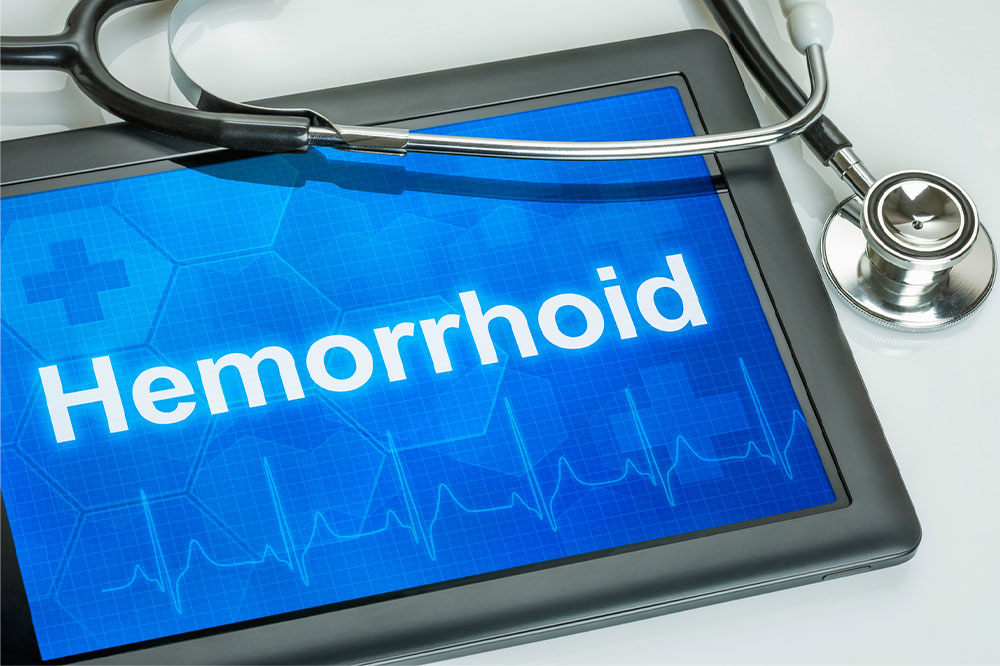
Hemorrhoids – Causes, symptoms, and management options
Hemorrhoids, also called piles, are similar to varicose veins. However, they develop in the anus and lower rectum region instead of the legs. The swollen veins can form inside the rectum (internal hemorrhoids) or around the anus (external hemorrhoids). Several treatment options are available to treat and manage the condition, so it is possible to get rid of them. Here are the common causes, symptoms, and management tips for hemorrhoids.
Causes
The disease occurs when the veins in the anus stretch, developing a swelling or bulge. This can happen due to increased pressure in the rectal region. The common causes and risk factors of hemorrhoids include:
Sitting on the toilet for long
Straining during bowel movements
Eating low-fiber meals
Chronic constipation or chronic diarrhea
Being pregnant
Anal intercourse
Regular heavy lifting
Symptoms
The signs and symptoms usually depend on the type of hemorrhoids. The following are a few indicators of external hemorrhoids, which develop under the skin around the anus:
Itching or irritation in the anal region
Pain or discomfort
Swelling around the anus
Bleeding in the region
Internal hemorrhoids form inside the rectum. The discomfort level is lower since one cannot see or feel them, but they still need timely attention and treatment. Bleeding during bowel movement is one of the tell-tale signs. One may notice spots of blood or tissue after getting up from the toilet seat. This bleeding is usually painless. Sometimes straining during a bowel movement can push the hemorrhoid through the anal opening, causing pain and discomfort. This is called prolapsed or protruding hemorrhoid.
Treatment options and management
Hemorrhoids can be managed easily with lifestyle changes and topical treatments. Here are a few tips to relieve the symptoms and speed up recovery:
Switching to a high-fiber meal plan
Eating whole-grain foods, fruits, and vegetables can improve digestion and prevent frequent episodes of strained bowel movements. When the body receives enough soluble fiber, it softens the stool and increases its bulk. This helps it pass through the digestive tract easily. However, patients should speak to a nutritionist before introducing fiber to their meals. The expert can help structure the nutrition plan and introduce fiber slowly and steadily, avoiding gas and other complications.
Soaking regularly in a warm bath
Sitz baths are a popular remedy to relieve discomfort associated with the condition, including major swelling and irritation. It involves soaking the rectal region in plain warm water for ten to 15 mins. One can do this every couple of hours, three times a day.
Topical treatments
Specific creams and ointments can be applied in the affected region to relieve burning, pain, and itching. One should speak to a doctor before using these and ask them to suggest any particular option that may work best.
Individuals should finish their treatment course even if they feel better sooner than estimated. Besides treatment, healthcare experts may recommend long-term lifestyle changes, such as exercise and drinking sufficient water, to avoid developing hemorrhoids again. Such healthy habits should also be followed for the best outcome.




